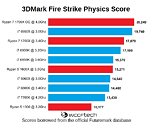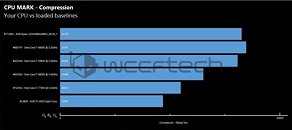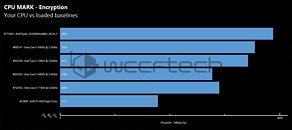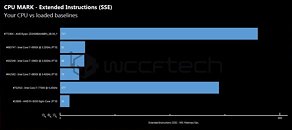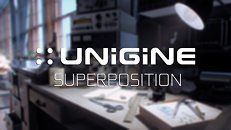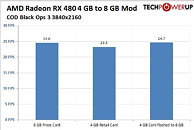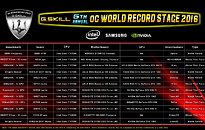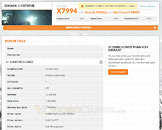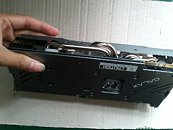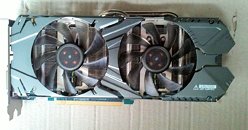
AMD's Ryzen 7 1700X Glorious Benchmarks Leak; IHS, Pin Layout Photographed
Another day, another leak: the folks at XFastest have indeed been the fastest to leak images of an actual Ryzen 7 1700X processor, with pictures of the processor's IHS and pin area running rampant throughout the Internet (the Ryzen chip is located to the right in both pictures, with a sample of AMD's previous-generation FX CPUs on the left side for comparison sake).
While revealing shots may have their appeal, it's the benchmarking portion that most of us are expectant about. Until actual reviews are out, we're left nothing more than these leaks (which should be taken with appropriate amounts of salt). In this case, benchmarks of AMD's upcoming Ryzen 7 1700X have been released, showing just how the upcoming CPU delivers in 3D Mark Fire Strike, CPU Mark and Cinebench R15.
While revealing shots may have their appeal, it's the benchmarking portion that most of us are expectant about. Until actual reviews are out, we're left nothing more than these leaks (which should be taken with appropriate amounts of salt). In this case, benchmarks of AMD's upcoming Ryzen 7 1700X have been released, showing just how the upcoming CPU delivers in 3D Mark Fire Strike, CPU Mark and Cinebench R15.


